
Bothies Bothy Beginner? Here are the Do's and Don'ts
More storm-proof than a tent, cheaper than a hostel (they're free!), and loads more fun than a stuffy hotel, bothies can make for memorable nights out in the hills. Perhaps you're keen to give bothying a go, but not sure where to start? Check o...



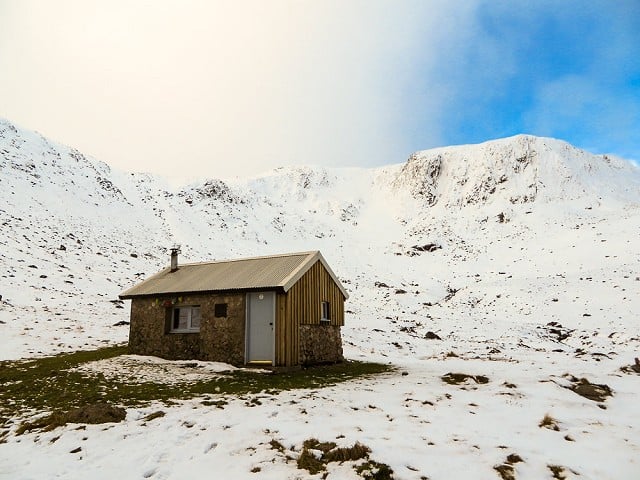
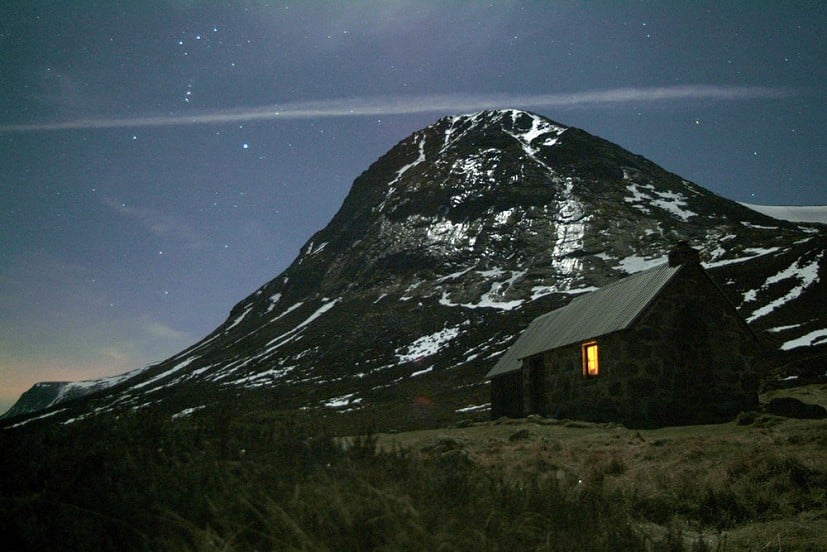
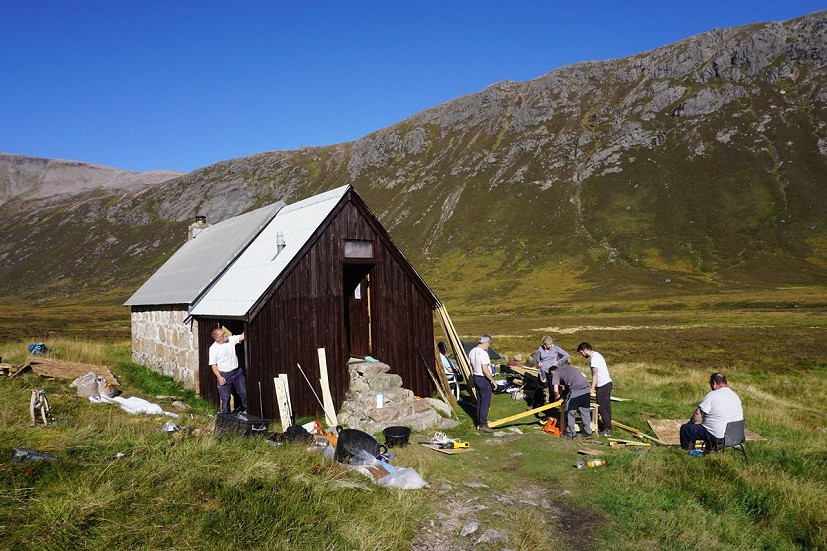
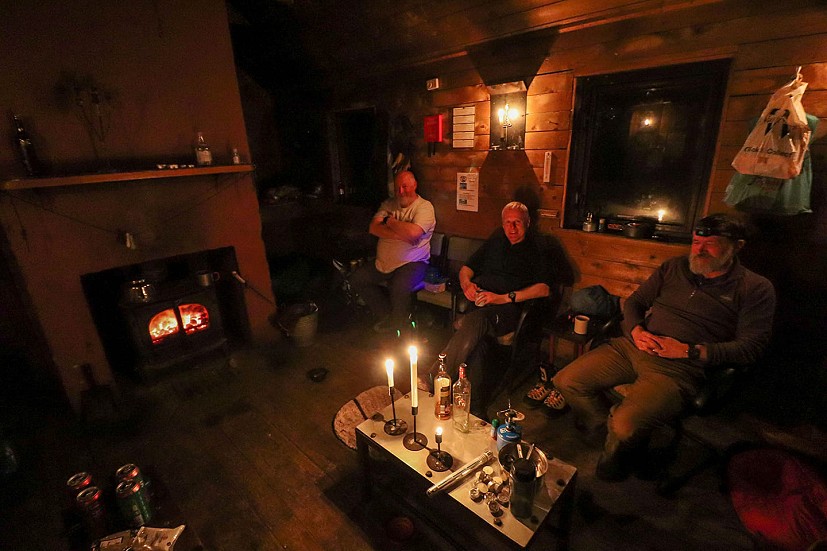
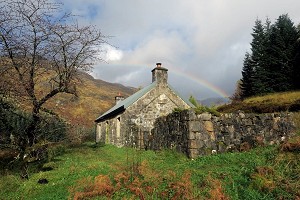
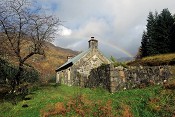
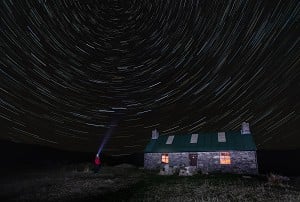

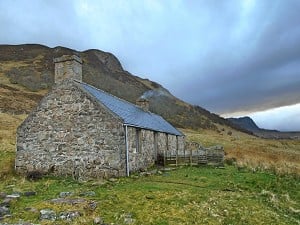
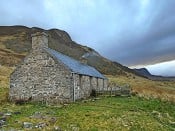




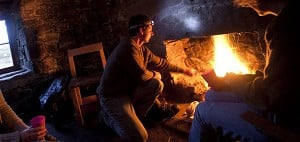

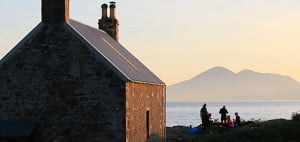



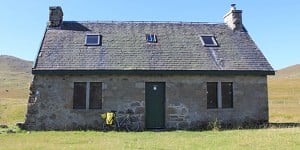

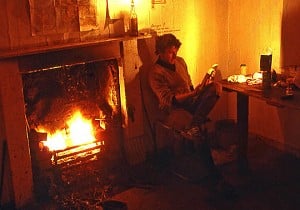
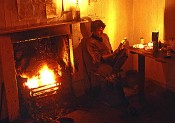
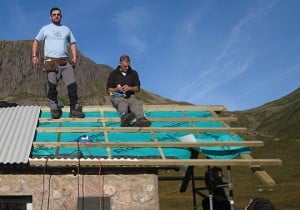
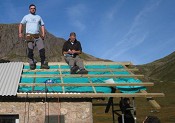
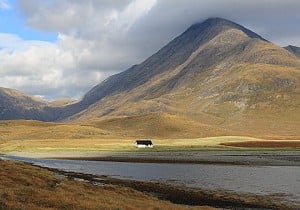
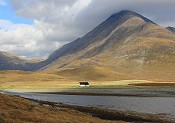
Comments
Well done to all involved. I know bothies are not everyone's cup of tea (thank god), but they hold a certain charm not found in mountaineering club huts. I was wondering is there a plan to introduce solar panels when renovating a bothy. I know snow might be a problem here at times but a south facing roof will lose the snow sooner. Anyone got any thoughts about how some modern hi-tech could be utilised?
I always though the simplicity of bothies were key to their charm!
It's quite nice to get away from tech and electronics but still have somewhere sturdy and dry to sleep. I kind of feel if you're looking to stay somewhere with more electricity than one can carry in a power bank for phones and headtorches you might as well stay in a proper hut!
Adding solar cells (or even wind power) to a bothy would be very doable, but I'm not sure its what everyone would want. In terms of keeping solar cells snow free the best system I've come across it just someone with a broom!
A broom, now we are talking hi-tech!
Vertically mounted solar panels are reasonably efficient if south facing, especially during winter and at higher latitudes like Scotland.
Don’t knock the humble Bothy broom, a sturdy wooden one can double as a crutch, as apparently one chap deduced sometime ago at the Hutchy, saving an a call out.
Sadly, generally they are plastic fantastic to stop them getting fed up the lum.